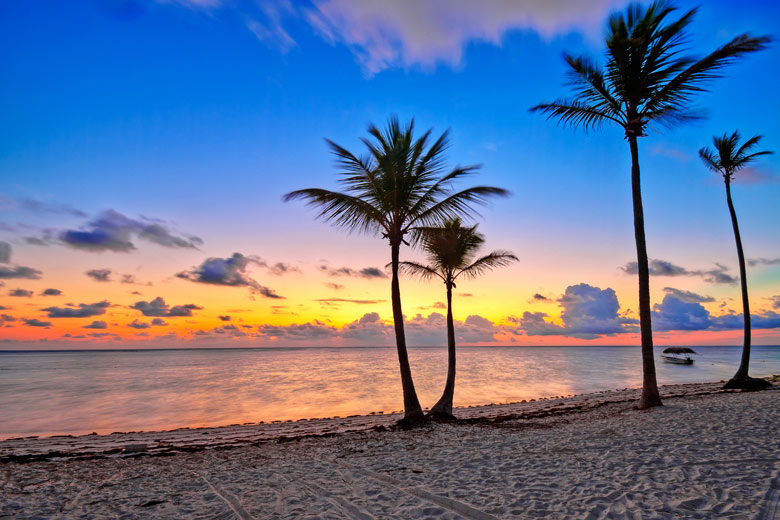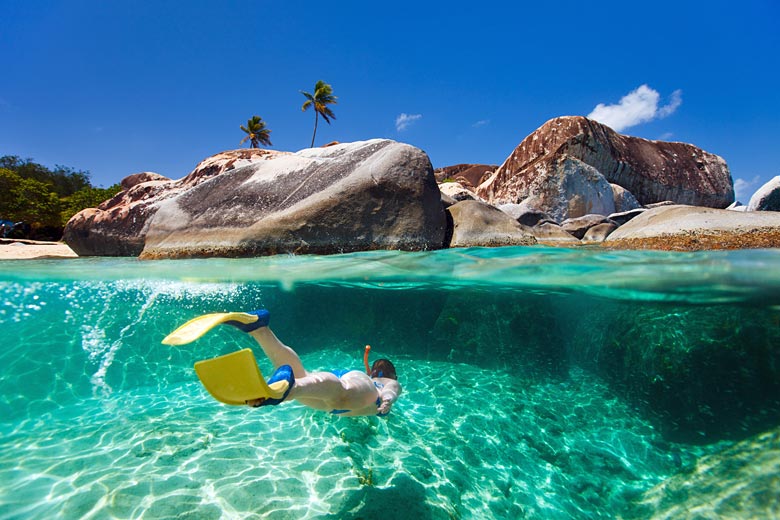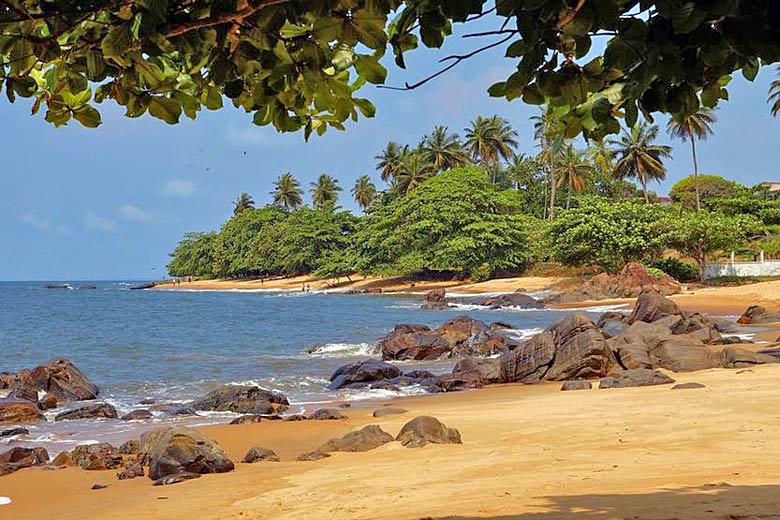- Book online & save up to 4% on Marella Cruises
- Discount varies by season. Book online with TUI
- Destinations across the Med, Caribbean & USA
Turks & Caicos weather by month
Check out the Turks & Caicos weather averages by month. Compare detailed monthly climate statistics including temperature, rainfall and sunshine figures.
| Jan | Feb | Mar | Apr | May | Jun | Jul | Aug | Sep | Oct | Nov | Dec | |
|---|---|---|---|---|---|---|---|---|---|---|---|---|
| Maximum daytime temperature °C |  27 27 |
 27 27 |
 28 28 |
 29 29 |
 30 30 |
 31 31 |
 32 32 |
 32 32 |
 32 32 |
 31 31 |
 29 29 |
 27 27 |
| Hours of sunshine (daily) | ||||||||||||
| Days with some rainfall |  12 12 |
 10 10 |
 10 10 |
 10 10 |
 13 13 |
 14 14 |
 16 16 |
 17 17 |
 17 17 |
 17 17 |
 13 13 |
 12 12 |
| Sea temperature °C |  26 26 |
 25 25 |
 25 25 |
 26 26 |
 27 27 |
 28 28 |
 28 28 |
 29 29 |
 29 29 |
 29 29 |
 28 28 |
 27 27 |
More about the Turks & Caicos
Turks & Caicos by month
Jan Feb Mar Apr May Jun Jul Aug Sep Oct Nov Dec
Recommended for the Turks & Caicos
 Cruise deal finder
Cruise deal finder
The climate guide for Turks & Caicos (Grand Turk) shows long term monthly weather averages processed from data supplied by CRU (University of East Anglia), the Met Office & the Netherlands Meteorological Institute. Find out more about our data sources.
Top Turks & Caicos destinations
Below are average maximum temperatures at popular countries, regions and places in the Turks & Caicos for next month - August. Select a destination to see the climate guide for all months of the year.
All Turks & Caicos destinations
Metric (°C / mm) | Imperial (°F / inches)
Turks and Caicos Islands climate overview
The British, Spanish, and French have all previously settled this collection of islands to the southeast of the Bahamas. Today the Turks and Caicos are a crown colony of Britain, although largely responsible for their own internal affairs. Since the collapse of its lucrative salt industry, today's economy relies on offshore financial services, tourism, and fishing.
The archipelago is made up of more than 40 islands and cays, many of which are uninhabited. Beaches are a main attraction here, notably on the island of Providenciales with both developed tourist areas and deserted shoreline, all with blindingly white sand, palm trees, and calm blue sea. Occasionally the coastline becomes rugged enough for bays and coves with impressive caves.
Because of poor soil the interiors of most of the islands are unspectacular and support a mixture of pine trees and scrub. The most interesting features are the occasional creeks, lagoons, and swamps.
Most of the islands are surrounded by coral reefs, which attract an exotic array of marine life, with whales and dolphins in the deeper waters offshore. There are also many shipwrecks, underwater caves, ledges, and walls, making it a popular scuba diving location.
The tropical climate has an extended dry season running from January to August, during which time the islands experience very little cloud. The short wetter season lasts from September to December, although even during these months, the rain is confined to short downpours during the afternoons. There is little seasonal variation in daytime temperatures with the archipelago remaining warm throughout the year. Occasional hurricanes are possible from July to October.
Compare Turks & Caicos with the UK
Below the Turks & Caicos chart shows average maximum daytime temperature for Turks and Caicos Islands (Grand Turk) and the UK (London).
Maximum daytime temperature (°C)
Metric (°C / mm) | Imperial (°F / inches)
Compare more Turks & Caicos weather >>
Be inspired
Get your weekly fix of holiday inspiration from some of the world's best travel writers plus save on your next trip with the latest exclusive offers
We promise not to share your details
Related posts
Popular travel offers
Explore holidays in the sun for less
- Beach holidays
- Family holidays
- City breaks
- Summer holidays
- Winter sun holidays
- Holiday offers
- Top travel brands
- Airlines & flights
- Discount hotels
- Airport parking deals
- TUI
- Jet2holidays
- easyJet holidays
- Love Holidays
- January sales
Airport parking
- Manchester Airport
- Stansted Airport
- Bristol Airport
- Luton Airport
- Birmingham Airport
- Edinburgh Airport
- Gatwick Airport
- Glasgow Airport
- Newcastle Airport
Airport lounges
- Manchester Airport
- Birmingham Airport
- Bristol Airport
- Edinburgh Airport
- Glasgow Airport
- Heathrow Airport
- Newcastle Airport
- Stansted Airport
- Gatwick Airport


















